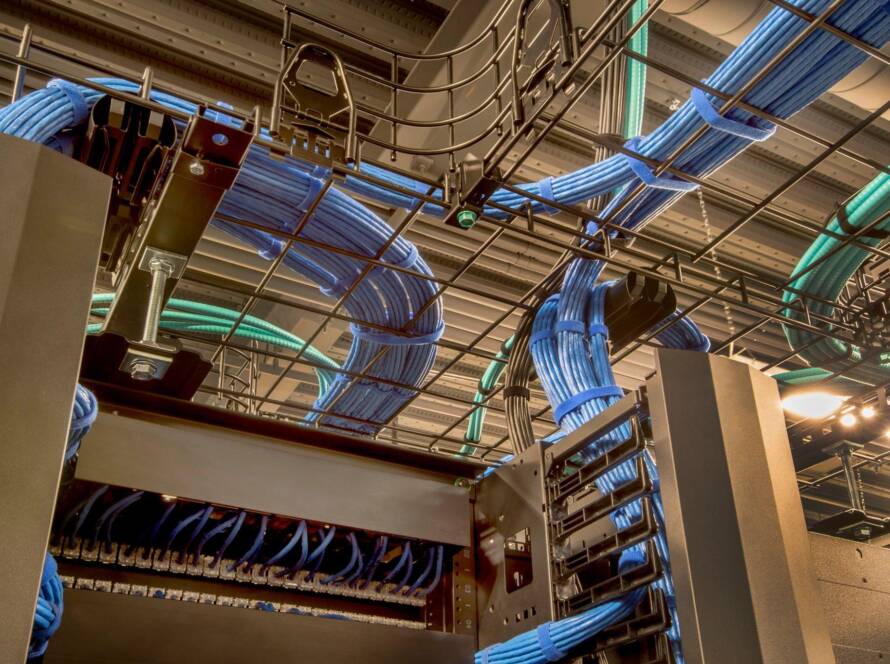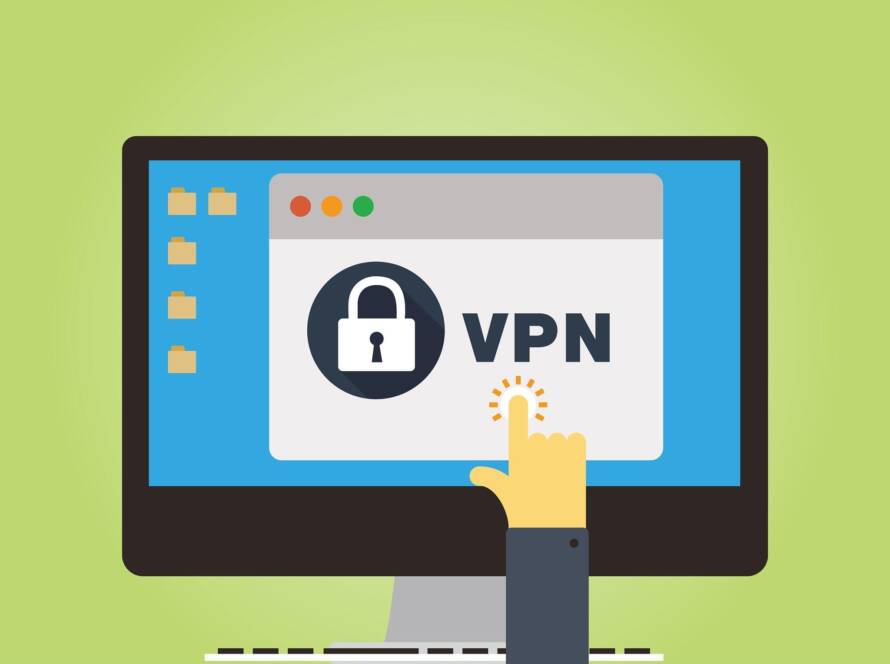Apple has long championed security and privacy, and its latest operating system, macOS Sequoia, is no exception. In a move that has many users talking, Apple plans to implement stricter measures regarding unnotarized applications. This change is expected to impact developers and users alike, shifting the landscape of app installation and usage on macOS. Here’s what you need to know about this new policy and its implications.
What is App Notarization?
App notarization is a security feature introduced by Apple to enhance the safety of software distributed outside the Mac App Store. Developers submit their applications to Apple, which scans for malicious content and issues a notarization ticket if the app passes the review. Users can then run these apps with confidence, knowing they have met Apple’s security standards.
Stricter Measures in macOS Sequoia
With the release of macOS Sequoia, Apple is making it more difficult to run apps that have not been notarized. While the specific details of these restrictions are still emerging, we can expect several key changes:
- Enhanced Gatekeeper Checks: Gatekeeper, the security feature that ensures only trusted software runs on macOS, will likely be more aggressive in blocking unnotarized apps. This means users may encounter additional prompts or even complete blockages when trying to run these applications.
- User Education and Warnings: Apple may also enhance warning messages for unnotarized apps, educating users on the risks of installing software from unknown sources. This could serve as a deterrent for less tech-savvy users who may not understand the implications of running unverified software.
- Limited Access to System Resources: There may be restrictions on the capabilities of unnotarized apps, limiting their access to system resources, files, and network functions. This would further encourage developers to seek notarization to ensure their apps function correctly.
Impact on Developers
For developers, the implications of these changes are significant. Notarization has already been a requirement for distributing apps outside the Mac App Store, but with the new measures, developers will need to be more vigilant about ensuring their applications meet Apple’s guidelines before distribution.
- Increased Development Time: Developers may need to allocate additional time and resources to the notarization process, which can be cumbersome and time-consuming, particularly for smaller developers or indie teams.
- Potential Loss of User Base: If users encounter significant barriers to running unnotarized apps, some may be deterred from using certain software altogether. This could lead to a decrease in the user base for apps that do not go through the notarization process.
- Shift to Notarized Software: Developers may feel pressured to prioritize notarization, even for small or niche applications. This could lead to a more homogenized app ecosystem, where only larger developers can afford the resources needed for notarization.
Impact on Users
For users, the changes in macOS Sequoia will likely lead to a more secure environment, but it also comes with some trade-offs.
- Enhanced Security: The increased difficulty of running unnotarized apps will help protect users from malicious software. This can provide peace of mind, knowing that the applications they are using have undergone Apple’s scrutiny.
- Fewer Options: On the downside, users may find that their favorite niche or indie apps become inaccessible if developers choose not to pursue notarization. This could lead to frustration and limit choices for users who rely on specific software.
- Learning Curve: Users will need to become more familiar with the notarization process, especially if they want to run apps that are not officially approved by Apple. This may require a bit of research and understanding of how to manage Gatekeeper settings.
Conclusion
As Apple tightens its grip on software security with macOS Sequoia, both developers and users will need to adapt to the new reality of running applications on their Macs. While the intention behind these changes is to enhance security and protect users from potential threats, the implementation will require careful consideration from the developer community and a willingness from users to embrace these security measures. As always, the balance between security and flexibility will be a topic of ongoing discussion in the macOS ecosystem.
Stay tuned for more updates as we dive deeper into the features of macOS Sequoia and how they will shape the future of app development and usage on Apple’s platform.




